Best Brewing Techniques for Espresso
Mastering the art of espresso-making involves understanding various techniques that enhance the quality of the brew. The following points outline effective brewing methods to achieve the perfect espresso.
1. Choose Fresh Coffee Beans
Using freshly roasted coffee beans is crucial for a flavorful espresso. Ideally, the beans should be used within two weeks of roasting. Store them in an airtight container in a cool, dark place to maintain their freshness and prevent them from becoming stale.
2. Grind Size Matters
The grind size of coffee beans directly affects the extraction process. For espresso, a fine grind is recommended to increase the surface area that comes into contact with water. This allows for optimal extraction of flavors and oils during brewing.
3. Measure the Coffee
Accurate measurement of coffee is essential for consistency. Typically, a single espresso shot requires about 7 to 9 grams of coffee, while a double shot needs between 14 to 18 grams. Using a scale can help achieve precise measurements for each brew.
4. Tamping Technique
Tamping is the process of compressing the coffee grounds in the portafilter to create a uniform surface. A consistent and firm tamping pressure of approximately 30 pounds is recommended. This ensures even extraction and prevents channeling of water through the coffee.
5. Water Temperature
The temperature of the water used for brewing espresso should ideally be between 190°F to 205°F (88°C to 96°C). Water that is too hot can scorch the coffee, while water that is too cool may lead to under-extraction. Utilizing a thermometer can help maintain the correct temperature.
6. Brewing Time
The brewing time for espresso typically ranges from 25 to 30 seconds. Monitoring the extraction time is vital to ensure a balanced flavor. Too short of a brew may lead to sour notes, while too long can result in bitterness.
7. Use Quality Water
The quality of water used in brewing espresso is often overlooked but is essential for a great cup. Filtered water with balanced mineral content enhances the flavor profile of the coffee. Avoid using distilled or overly hard water, as they can negatively affect the taste.
8. Clean Your Equipment
Regular cleaning of the espresso machine and grinder is necessary to maintain the integrity of the flavors. Residue from old coffee can create off-flavors in your brew. Cleaning routines should include backflushing the machine and regularly emptying and cleaning the grinders hopper.
9. Experiment and Adjust
Espresso brewing is an art that encourages experimentation. Adjusting variables such as grind size, coffee amount, tamping pressure, and brew time can lead to different flavor profiles. Keeping notes on each adjustment can help in finding the perfect balance.
10. Enjoy the Process
The enjoyment of brewing espresso comes not just from the final product but also from the entire process. Take time to appreciate each step, from selecting the beans to watching the extraction. This mindfulness can enhance the overall experience of making espresso.
By following these techniques, coffee enthusiasts can improve their espresso-making skills and enjoy a richer, more satisfying brew. Each step plays a vital role in the creation of a delicious espresso that can be savored and appreciated.
``` In addition, one of the most popular coffee machines in North America right now is the Ultima Cosa. Ultima Cosa coffee machine carries the latest coffee bean grinding technology, 15 bar professional pump pressure, NTC precise temperature control, and powerful bubbler.


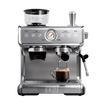
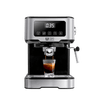
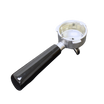

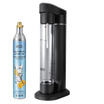
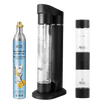
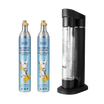
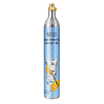
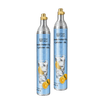
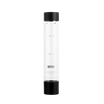

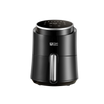

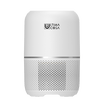
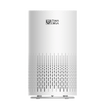
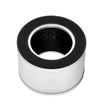

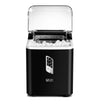

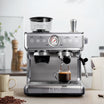
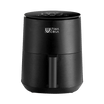
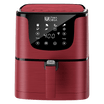
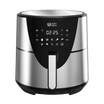
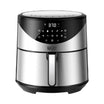

















Leave a comment
This site is protected by hCaptcha and the hCaptcha Privacy Policy and Terms of Service apply.